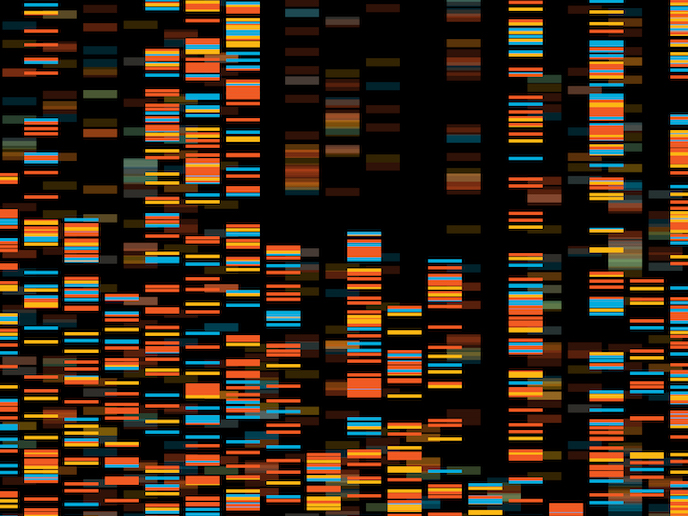The wonder of metadata acquisition for the Web
The Semantic Web presents a new era of the World Wide Web offering data content which can be processed by machines as well as a broad spectrum of intelligent services. This has been made possible through the development of ontologies which specify shared domain theories thereby allowing more effective communication for people and machines. Ontologies thus have a major role in allowing content-based access, interoperability and communication throughout the Web offering improved service. Semantic Web service descriptions, employed in various application domains depend upon generic description language like OWL-S for the specification of main elements of the service such as inputs and outputs. They also rely on an ontology which bears knowledge in the type and function of service offered. Domain ontology quality has an impact upon the reasoning tasks which the semantic descriptors perform. For a majority of tasks it is best if web services are described according to the same domain ontology. Consequently, the domain ontology used needs to be somewhat generic and thus more adaptable. Furthermore domain ontologies portray complex relationships existing between the domain concepts, allowing them to perform complex reasoning tasks. It is thereby evident that constructing quality domain ontologies, meaning those that are both generic and rich is equally important as creating a generic web service description language. WONDERWEB inquired whether it was conceivable and useful to construct a domain ontology from software APIs. Additionally, it examined whether part of a domain ontology can be semi-automatically derived from APIs. Two different domains were used to verify the hypothesis. One was the domain of resource description framework (RDF) based ontology stores. The other consisted of bioinformatics services. Results proved very positive with both domains. Therefore this method may well be a crucial innovation in the field of Semantic Web Services by supporting domain engineers in their task of building adequate high quality domain ontologies.







